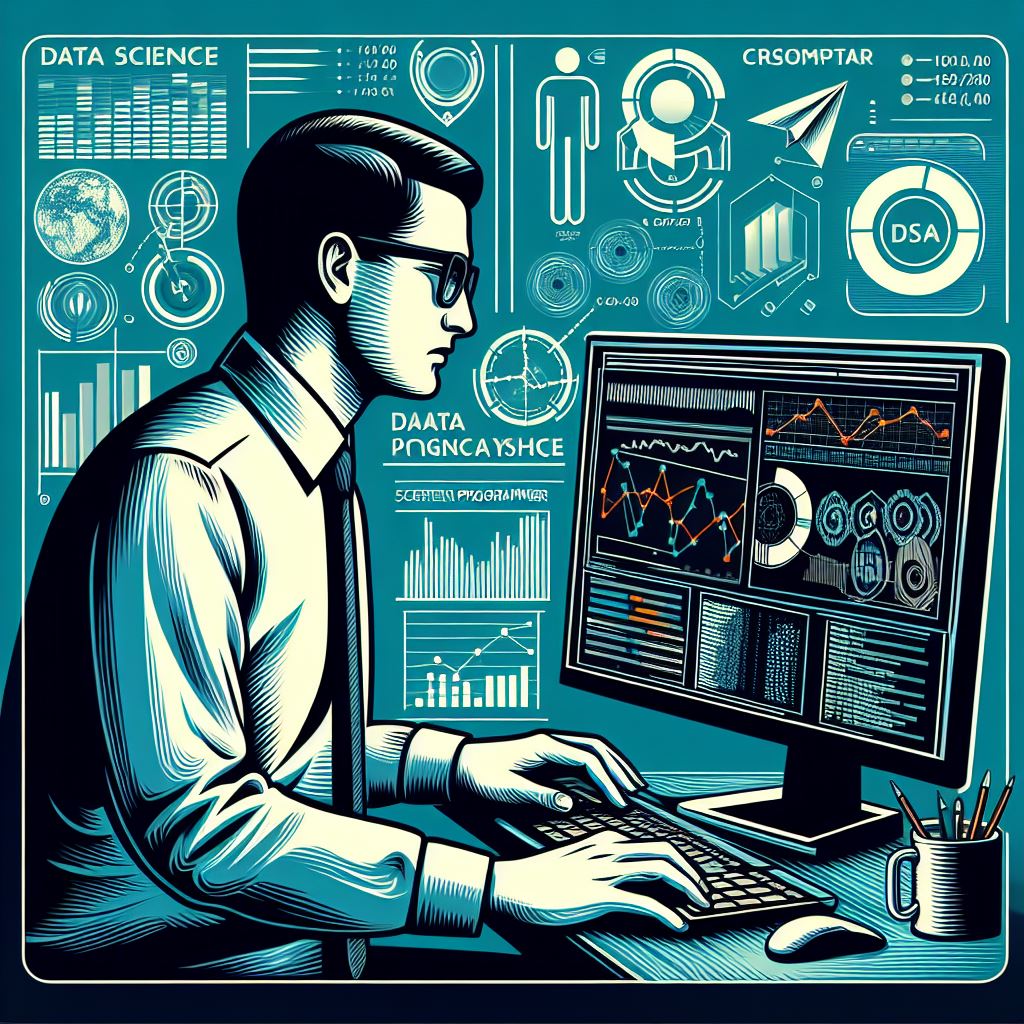Home automation has rapidly evolved over the past few years, with machine learning (ML) and artificial intelligence (AI) driving much of this transformation. These technologies have made it possible to create smart homes that are not only more efficient but also more intuitive. By integrating AI-powered devices into everyday life, homeowners can enjoy a seamless, automated environment that adapts to their needs and preferences.
What is Home Automation?
Home automation refers to the use of technology to control various household functions, such as lighting, heating, security, and appliances, remotely or automatically. Traditionally, these tasks required manual effort, but with the advent of smart devices, homeowners can now control their homes with the touch of a button or even voice commands.
The Role of Machine Learning and AI in Home Automation
Machine learning and AI are at the core of the latest advancements in home automation. These technologies enable devices to “learn” from their environment and make decisions based on data, which improves their performance over time. Unlike traditional devices, AI-powered smart systems can analyze patterns, predict user behavior, and optimize operations without needing constant input.
For example, smart thermostats use AI to learn your preferences and adjust the temperature accordingly. They also analyze data such as weather forecasts and daily routines to ensure your home remains at the perfect temperature, saving both energy and money. Similarly, AI-powered lighting systems can automatically adjust brightness and color based on time of day, ambient light levels, or even your mood.
Key Benefits of ML and AI-Powered Home Automation Devices
Enhanced Convenience and Comfort: One of the biggest advantages of using AI-powered devices in home automation is the convenience they offer. Imagine walking into a room, and the lights turn on, the temperature adjusts, and your favorite playlist starts playing—all without lifting a finger. These systems adapt to your needs, offering a level of comfort that traditional devices cannot match.
Energy Efficiency: AI-powered devices can significantly reduce energy consumption. For instance, smart thermostats, powered by machine learning, can learn your schedule and optimize heating and cooling to ensure that energy isn’t wasted when you’re away from home. Similarly, AI-controlled appliances can detect when you’re not using them and power down to save electricity.
Security and Safety: AI-driven security systems are revolutionizing home security. Smart cameras and sensors powered by machine learning can detect unusual activities and send alerts, helping to prevent break-ins and intrusions. Additionally, these devices can identify family members, alerting homeowners when someone enters or leaves the house. AI-enabled smoke and carbon monoxide detectors can even notify users of any potential dangers in real-time.
Voice-Controlled Automation: The rise of voice assistants like Amazon Alexa, Google Assistant, and Apple Siri has made it easier than ever to control home automation systems. By integrating these platforms with AI-powered devices, users can simply use voice commands to control lighting, temperature, security, and entertainment systems. This hands-free convenience adds another layer of ease to smart home living.
Improved Decision-Making: With machine learning, smart home devices can offer valuable insights into household trends and user behavior. By collecting data and analyzing patterns, AI-powered devices can provide recommendations to optimize energy usage, improve security measures, and even suggest better ways to organize your home.
The Future of Home Automation with AI and ML
As the Internet of Things (IoT) continues to grow, the potential for home automation powered by machine learning and AI will only expand. Future advancements may include more seamless integrations with personal devices, enhanced predictive capabilities, and even more intuitive systems that understand human emotions and adapt to them.
In conclusion, AI and machine learning are revolutionizing home automation, providing users with a smarter, more efficient, and comfortable living environment. These innovations promise to transform the way we interact with our homes, making them more personalized and responsive to our needs.
